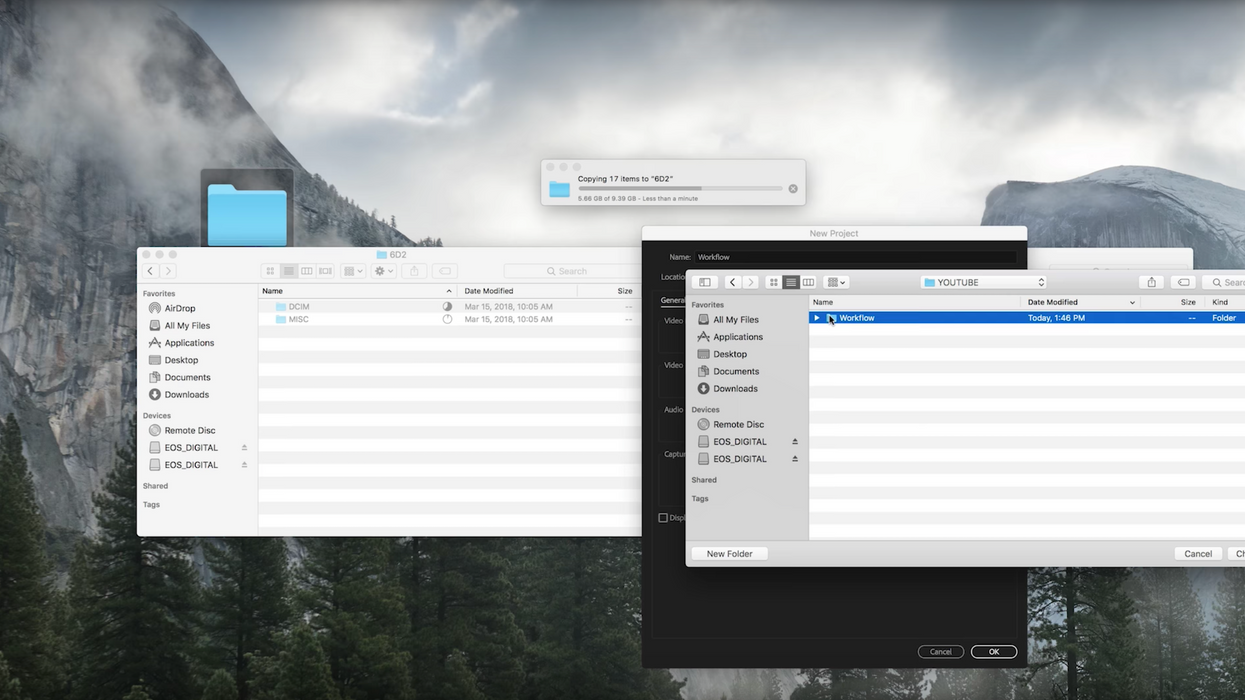Mastering Workflow: How to Edit Faster and More Efficiently in Post
If you head into post-production without a plan, you might be in for a bumpy ride.

Nobody likes to talk about organization, but it's one of the more important things to have at every phase of production. When it comes to post-production, being organized means having an ironclad workflow that will not only keep your media and assets accessible but keep you sane enough to finish your project on time, as well.
Every editor has their own workflow, even multiple workflows, that works for them and their own specific needs, but if you've never established one for yourself and want a little guidance on how to start, filmmaker Matti Haapoja gives you a tour of the one he uses in the video below. Check it out:
The main idea behind editing workflows is getting all of your assets organized. That means making a master workflow folder and creating subfolders for all the different types you use, including video, graphics, music, project files, and renders. Every master folder is going to look different because we all do different kinds of projects and use different types of media, but the asset types I just listed is a pretty good start for most editors.
If you're a perfectionist and like to make more work for yourself like me, I add subfolders within subfolders to further organize my media. For instance, my master folder contains both an "Audio" and "Sound FX" subfolder, with subfolders within "Audio" differentiating between different recording devices, as well as subfolders within "Sound FX" differentiating between ambient sounds, hits, foley, etc.
Again, you can organize your master folder in whichever way makes sense to you or best serves your project. In fact, a lot of editors create different workflows for the different types of projects they work on, like one for narrative features, one for documentaries, one for music videos, and one for commercials. (You can take this a step further if you work in Adobe Premiere Pro by customizing your feature, documentary, music video, etc. workspace and saving it as a preset.)
What does your workflow/master folder look like? Let us know down in the comments.
Source: Matti Haapoja











